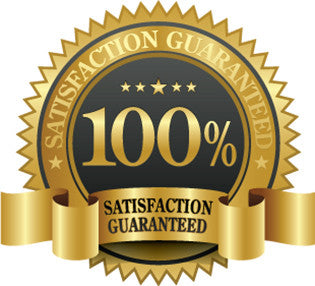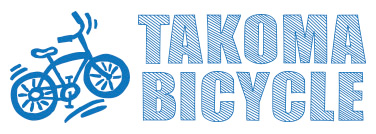
This year has been challenging for kids as well as adults. Help make this Christmas memorable for a good reason. Do you remember your first bike? Perhaps you remember it waiting for you under the Christmas tree with a big shiny bow on it. If you're planning on making dreams come true for a special child in your life this holiday season, make sure you read through our tips for choosing the right kid's bike!
Size Matters
The wheel sizes you'll see on kid's bikes are 12", 16", 20" and 24". You will want to make sure that your child can stand over the top tube of the bike with both feet firmly on the ground. You want your child to feel in control of the bike - not overwhelmed by it! Because of this, we do not recommend buying a bike that is large so that your child can "grow into it." Doing this can set your child back in terms of riding skills and confidence. A correctly sized bike will be much easier for your child to handle, much safer, and consequently, a lot more fun.
If your tot is just starting out with bikes, you may want to consider beginning her on a balance bike - a bike in its simplest form. On a balance bike there's no pedals or chain, just wheels and a frame. A balance bike helps teach 2- to 5-year-olds how to coordinate steering and balance and can make the transition to a big kid bike much easier.
Braking Matters
When looking for a kid's bike, the most important mechanical parts of a bike, overall, are the brakes. You want your child to have control of getting his bike stopped. Kids' bikes usually have either coaster brakes (brakes on the back wheel that are engaged by pedaling backwards), or handbrakes (brakes engaged by a grip on the handlebars that pinches brake pads against the rim of the wheel) or both. Because of children's small hand size and limited hand strength, the smallest kids’ bikes have coaster brakes. Until a child’s hands are large and strong enough to effectively use a handbrake, they should rely on coaster brakes. However, a bike with both brake options offers opportunities to for kids to practice the next style of braking before moving up in bike size.
Weight Matters
While most adult bikes are about 20% of the rider's weight, this ratio isn't really found on kids' bikes. Ideally, though, your child's bike should be 40% of their weight. The lighter the bike, the better for your child. The weight of a bike is often a first indicator of the quality of the bike.
Geometry Matters
A child’s body position on the bike plays a large role in how well they can ride the bike. Bikes with a longer wheelbase (distance from wheel to wheel) tend to provide more stability and control for the rider. In addtion, pay attention to the handlebar position. Tall handlebars that sweep back, often found on big-box-store bikes, limit the rider's space and prevent them from applying more force on the handlebars. For the average young rider, a mid-rise handlebar is ideal.
The Bike Shop Advantage
You may be tempted to stop by the nearest box store for a kids' bike. He'll just outgrow it fast, right? Why not get a bike for a steal? We want to caution you though - most of kids' bikes are being sold at stores where the employees aren't familiar with important information like the difference between coaster brakes and side-pull brakes and which is needed. Similarly, they may not know very much about the quality of the bikes on the showroom floor. Another problem is that often these same employees assemble the bikes - with no formal training as bike mechanics - so even a good bike may be assembled wrong. Our staff is both knowledgeable and skillfully trained. You will leave with confidence that your child is both safe and on the bike that is best suited for him. Who can put a price tag on that?


